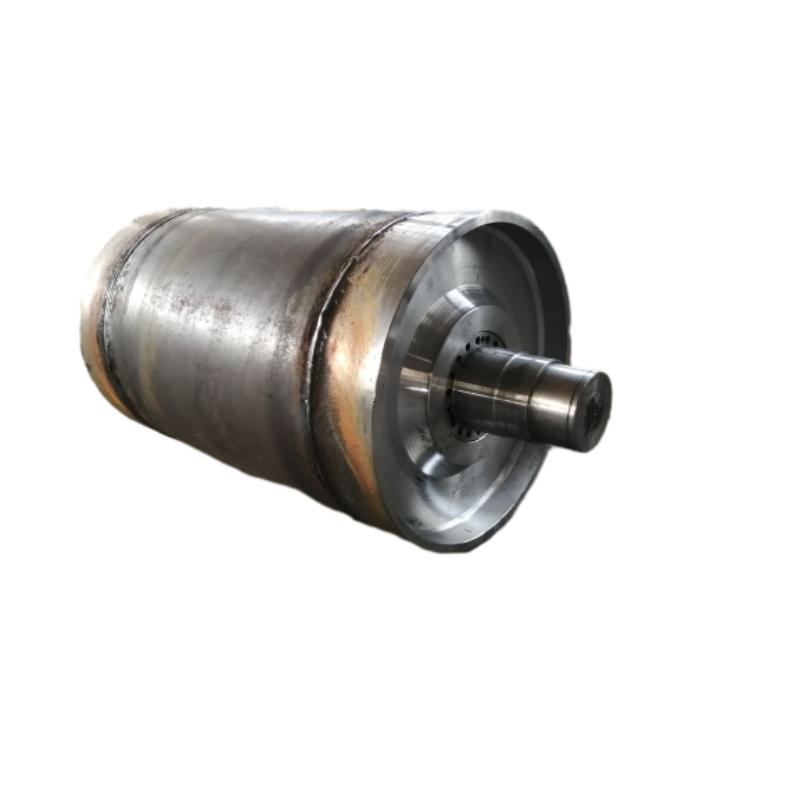 Afrikaans
Afrikaans  Albanian
Albanian  Amharic
Amharic  Arabic
Arabic  Armenian
Armenian  Azerbaijani
Azerbaijani  Basque
Basque  Belarusian
Belarusian  Bengali
Bengali  Bosnian
Bosnian  Bulgarian
Bulgarian  Catalan
Catalan  Cebuano
Cebuano  Corsican
Corsican  Croatian
Croatian  Czech
Czech  Danish
Danish  Dutch
Dutch  English
English  Esperanto
Esperanto  Estonian
Estonian  Finnish
Finnish  French
French  Frisian
Frisian  Galician
Galician  Georgian
Georgian  German
German  Greek
Greek  Gujarati
Gujarati  Haitian Creole
Haitian Creole  hausa
hausa  hawaiian
hawaiian  Hebrew
Hebrew  Hindi
Hindi  Miao
Miao  Hungarian
Hungarian  Icelandic
Icelandic  igbo
igbo  Indonesian
Indonesian  irish
irish  Italian
Italian  Japanese
Japanese  Javanese
Javanese  Kannada
Kannada  kazakh
kazakh  Khmer
Khmer  Rwandese
Rwandese  Korean
Korean  Kurdish
Kurdish  Kyrgyz
Kyrgyz  Lao
Lao  Latin
Latin  Latvian
Latvian  Lithuanian
Lithuanian  Luxembourgish
Luxembourgish  Macedonian
Macedonian  Malgashi
Malgashi  Malay
Malay  Malayalam
Malayalam  Maltese
Maltese  Maori
Maori  Marathi
Marathi  Mongolian
Mongolian  Myanmar
Myanmar  Nepali
Nepali  Norwegian
Norwegian  Norwegian
Norwegian  Occitan
Occitan  Pashto
Pashto  Persian
Persian  Polish
Polish  Portuguese
Portuguese  Punjabi
Punjabi  Romanian
Romanian  Russian
Russian  Samoan
Samoan  Scottish Gaelic
Scottish Gaelic  Serbian
Serbian  Sesotho
Sesotho  Shona
Shona  Sindhi
Sindhi  Sinhala
Sinhala  Slovak
Slovak  Slovenian
Slovenian  Somali
Somali  Spanish
Spanish  Sundanese
Sundanese  Swahili
Swahili  Swedish
Swedish  Tagalog
Tagalog  Tajik
Tajik  Tamil
Tamil  Tatar
Tatar  Telugu
Telugu  Thai
Thai  Turkish
Turkish  Turkmen
Turkmen  Ukrainian
Ukrainian  Urdu
Urdu  Uighur
Uighur  Uzbek
Uzbek  Vietnamese
Vietnamese  Welsh
Welsh  Bantu
Bantu  Yiddish
Yiddish  Yoruba
Yoruba  Zulu
Zulu Understanding the Function and Benefits of Conveyor Impact Beds in Material Handling Systems
The Role of Conveyor Impact Beds in Material Handling
In the realm of material handling, the efficiency and efficacy of conveyor systems play a crucial role in the manufacturing and logistics industries. One of the critical components of these systems is the conveyor impact bed. These specialized beds are essential for optimizing the flow of materials while mitigating the wear and tear on equipment, thereby enhancing operational longevity and productivity.
Understanding Conveyor Impact Beds
Conveyor impact beds are designed to absorb the energy and force generated during the transportation of bulk materials, such as gravel, sand, and other heavy materials. Positioned beneath the conveyor belt at loading and transfer points, these beds serve a dual purpose they prevent material spillage and reduce the impact on the conveyor system. The structure typically consists of a series of heavy-duty, sturdy rollers or a solid bed of rubber, capable of withstanding the abrasive nature of many materials.
Importance of Impact Beds in Conveying Systems
The primary function of impact beds is to provide a safe and stable platform for materials being transferred. When materials drop onto the conveyor, they generate significant impact forces. Without an effective impact bed, this impact can lead to severe damage to both the conveyor belt and the supporting framework. Over time, such damage can result in costly repairs and prolonged downtime.
Moreover, conveyor impact beds help to improve safety by minimizing spillage and the associated risks of accidents. Uncontained materials can create hazardous work environments, leading to slips, trips, and falls. By ensuring that materials are contained within the conveyor system, impact beds contribute significantly to a safer workplace.
conveyor impact bed

Additionally, the inclusion of impact beds can enhance the efficiency of material handling operations. By minimizing the wear on conveyor belts, these beds can prolong the life of the equipment, reducing replacement costs and maintenance intervals. In an era where operational efficiency and cost-effectiveness are paramount, the strategically implemented impact bed becomes a vital investment for many businesses.
Design Considerations for Optimal Performance
When selecting or designing a conveyor impact bed, several factors must be considered to ensure optimal performance. First, the material used in constructing the impact bed should be durable and resistant to abrasion. High-quality rubber or composite materials are commonly used due to their excellent shock absorption properties.
Next, the geometry and configuration of the impact bed should match the specific application. The spacing and alignment of the rollers or the solid bed surface must accommodate the size and weight of the materials being handled.
Moreover, additional features such as adjustable height settings and easy-access maintenance points can further enhance the functionality of the impact bed. A well-designed impact bed will not only perform effectively but also allow for easy maintenance and adjustments as operational demands change.
Conclusion
In conclusion, conveyor impact beds are indispensable components in modern material handling systems. They provide significant benefits, including protecting against equipment wear, enhancing workplace safety, and improving operational efficiency. Companies that invest in high-quality impact beds can expect a marked improvement in their material handling processes, resulting in lower operational costs and increased productivity. As industries continue to evolve, the role of conveyor impact beds will only become more paramount, guiding the future of efficient and safe material transfer solutions.
-
Wing Pulley Conveyor for Conveyor Belt MaintenanceNewsJun.16,2025
-
Self Cleaning Spiral Idler for Conveyor DesignNewsJun.16,2025
-
Pulley Lagging for Conveyor Belt AlignmentNewsJun.16,2025
-
Impact Idlers Used in Belt Conveyor for PerformanceNewsJun.16,2025
-
Ceramic Lagging Conveyor Pulley for Conveyor Belt SystemsNewsJun.16,2025
-
Belt Conveyor Idler for Heavy-Duty ApplicationsNewsJun.16,2025





























